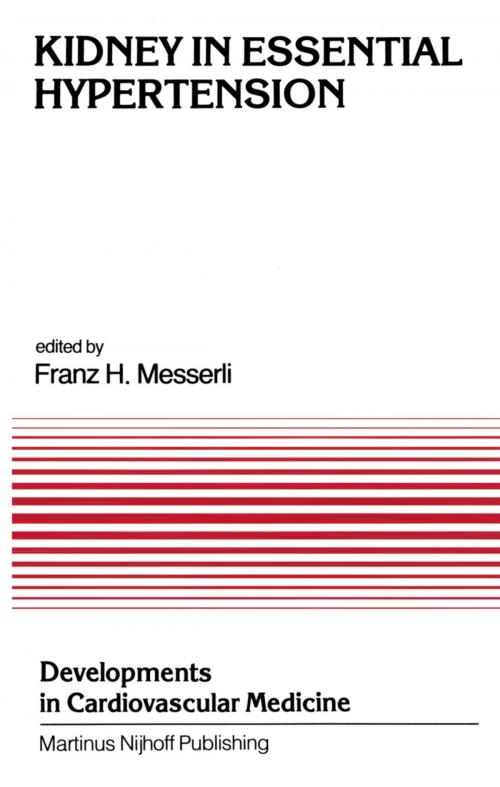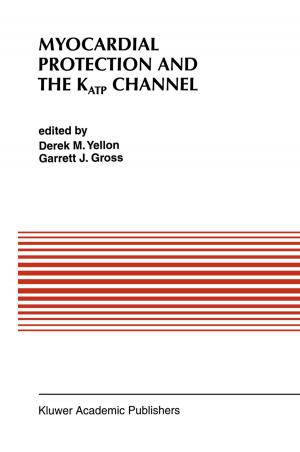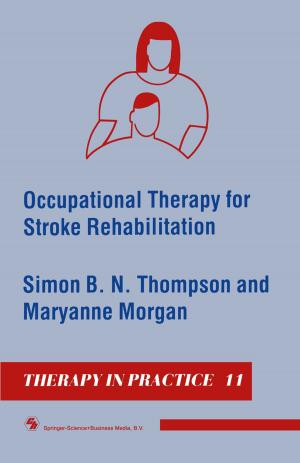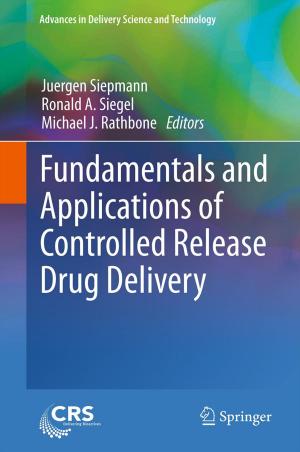Kidney in Essential Hypertension
Proceedings of the Course on the Kidney in Essential Hypertension held at New Orleans, Louisiana, March 18–19, 1983
Nonfiction, Health & Well Being, Medical, Specialties, Internal Medicine, Nephrology, Cardiology| Author: | ISBN: | 9781461338970 | |
| Publisher: | Springer US | Publication: | December 6, 2012 |
| Imprint: | Springer | Language: | English |
| Author: | |
| ISBN: | 9781461338970 |
| Publisher: | Springer US |
| Publication: | December 6, 2012 |
| Imprint: | Springer |
| Language: | English |
The kidney, similar to the heart, plays a three-fold role in essential hypertension. First, it participates in the patho genesis of arterial hypertension. Second, it suffers as a target organ of long-standing hypertension, and third, it experiences the effects of antihypertensive therapy. Perhaps most contested at the present time is the involvement of the kidney in the patho genesis of essential hypertension. More than a century ago, William Osler put forward three basic hypotheses about the "genuine contracted kidney. "l 1. "The hypertrophy can be regarded as an effect to overcome a sort of stop-cock action of the vessels when under the influence of an irritating ingredient in the blood greatly contracted and increased the peripheral resistance. " Clearly this hypothesis of an "irritating ingredient" is perhaps the most convincing nowadays, and numerous attempts have been made to identify a specific vasoconstrictive agent in the blood in essential hypertension. 2. "The obliteration of a large number of capillary territories in the kidney materially raised the arterial pressure. An additional factor of dimin ished excretion of water also heightened the pressure within the blood vessel. " Today we know that fluid volume overload in the presence of reduced renal mass seems to be the most likely mechanism accoun ting for renal parenchymal hypertension and, as shown by Guyton's group, for certain forms of experimental hypertension. 3.
The kidney, similar to the heart, plays a three-fold role in essential hypertension. First, it participates in the patho genesis of arterial hypertension. Second, it suffers as a target organ of long-standing hypertension, and third, it experiences the effects of antihypertensive therapy. Perhaps most contested at the present time is the involvement of the kidney in the patho genesis of essential hypertension. More than a century ago, William Osler put forward three basic hypotheses about the "genuine contracted kidney. "l 1. "The hypertrophy can be regarded as an effect to overcome a sort of stop-cock action of the vessels when under the influence of an irritating ingredient in the blood greatly contracted and increased the peripheral resistance. " Clearly this hypothesis of an "irritating ingredient" is perhaps the most convincing nowadays, and numerous attempts have been made to identify a specific vasoconstrictive agent in the blood in essential hypertension. 2. "The obliteration of a large number of capillary territories in the kidney materially raised the arterial pressure. An additional factor of dimin ished excretion of water also heightened the pressure within the blood vessel. " Today we know that fluid volume overload in the presence of reduced renal mass seems to be the most likely mechanism accoun ting for renal parenchymal hypertension and, as shown by Guyton's group, for certain forms of experimental hypertension. 3.















